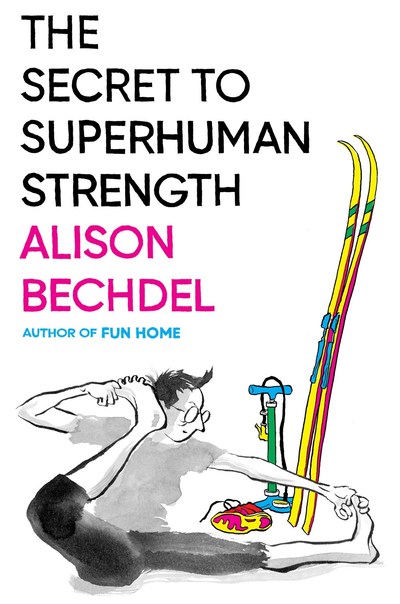Four new graphic novels address the appeal of running away and the impossibility of escaping your past, for good or ill.
TRIUMPHANT RETURN
If you’re even vaguely interested in graphic novels, you’re probably aware that Craig Thompson has a new book coming out. Thompson’s 2003 graphic novel Blankets told an autobiographical coming-of-age story and floored everyone who read it, winning all kinds of awards and making a star of its author. His long-anticipated follow-up, the utterly engrossing Habibi, is at least as gut-wrenching and even more substantial in size and scope.
Just to be clear, this book is not for the faint of heart. In the first few panels, our nine-year-old heroine, Dodola, is sold into marriage by desperate parents whose village is suffering from drought. Dodola’s new husband is no brute, but even so . . . she’s nine years old. Thus begins her journey through the world as a headstrong and beautiful Arab girl. Fortunately for Dodola (and us), her husband is a scholar, and he teaches her to read and write. She learns the stories of the Qur’an, the work of the great poets, the Thousand and One Nights. Then, abruptly, marauding thieves kill her husband and kidnap the girl. She’s brought to a slave market, where she finds and rescues a three-year-old orphan boy, Zam. From then on their fates are linked. They escape and live for a while on a ship marooned in the desert, but their need for food and water leads them to be discovered and separated. Each of them endures years of torment, accumulating scars, grieving and longing for each other. It’s pretty brutal.
But it’s also beautiful. Dodola’s and Zam’s stories are interwoven with the stories they learned as children, the underpinnings of Islam. This lends not only beauty and texture but also meaning and redemption to their suffering, and Thompson’s handling of the religious elements—something that might have been awkward or controversial—is restrained and graceful. His black-and-white drawings, often incorporating Arabic script, are at times floaty and feverish but always perfectly clear. He breaks up dreamy exposition with tightly structured action sequences, and the pages couldn’t be prettier. As always, his economical writing is deeply moving. Habibi is a book not to be missed.
A CHILD’S-EYE VIEW
Another story of a childhood spent in hostile surroundings, Marzi by Marzena Sowa, takes the opposite tack. Marzi’s story, especially at first, seems like it could be happening almost anywhere. In fact it’s set in Poland during the 1980s, as the country was rebelling against communism. It’s only as Marzi grows up and gains understanding that the impact of the political situation starts to become clear. For most of the book she’s a wide-eyed, innocent daddy’s girl with completely typical attitude problems, arguments with her friends, difficulty eating her vegetables, fights with cousins and so on. It’s fascinating and often hilarious to see huge world-changing events like the Chernobyl explosion and factory-workers’ strikes from the point of view of a regular little girl absorbed in her own life.
A FINE ROMANCE
Entirely different but equally charming is The Scrapbook of Frankie Pratt by Caroline Preston, a fictional memoir told in gorgeous full-color collages. With postcards, news clippings, ticket stubs, receipts, catalog pages and drawings that look like illustrations from vintage fashion magazines, Preston tells the coming-of-age story of Frankie, a bright young girl who graduates from high school in 1920 and goes to Vassar on scholarship after her father dies. She gets herself into numerous romantic entanglements, all of them ill-advised, and seems constantly on the verge of abandoning her dream of becoming a novelist. But Frankie is stubborn and scrappy, and she manages to take care of herself in a world where most girls like her just want to be taken care of. The happy ending is a little sudden, but it’s a pleasure to watch Frankie develop and learn to trust her nobler instincts until they pay off.
MERRIMENT ON MOTORBIKES
And finally, an idea I’m surprised hasn’t been tried before: a graphic novel adaptation of Geoffrey Chaucer’s The Canterbury Tales—on motorcycles. This retelling is done by Seymour Chwast, one of the founders of the influential Push Pin Studios who has already adapted Dante’s Divine Comedy. His irreverent humor makes him an even better fit for Chaucer, who never left a good fart joke untold. And nothing goes better with fart jokes than motorcycle touring. (It’s not entirely clear just why the pilgrims are riding hogs, but that doesn’t matter.) Most everyone in these 24 travelers’ tales ends up being thoroughly mocked, both in the smartypants dialogue and in the simplified but pointed drawings. The book works either as an introduction to Chaucer’s original text or as an alternate take for those who’ve read it many times already.





























